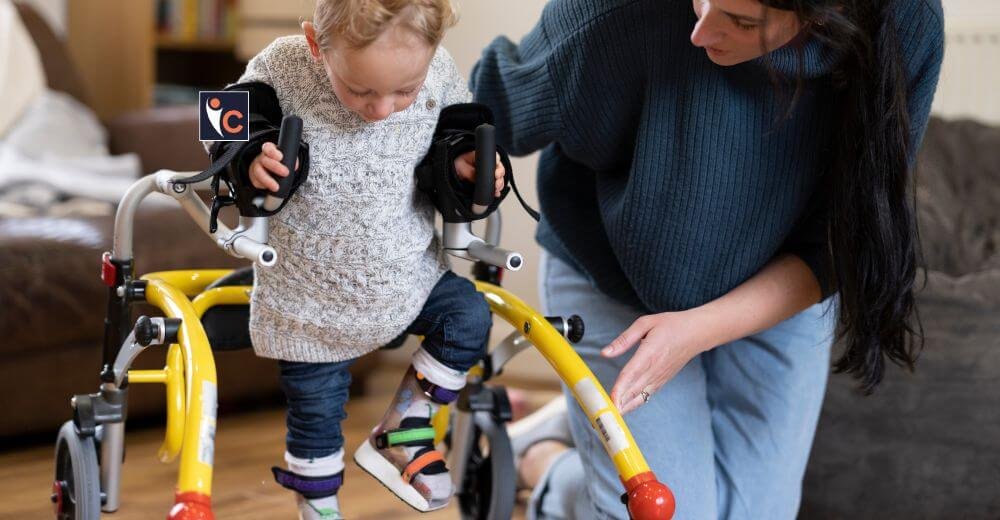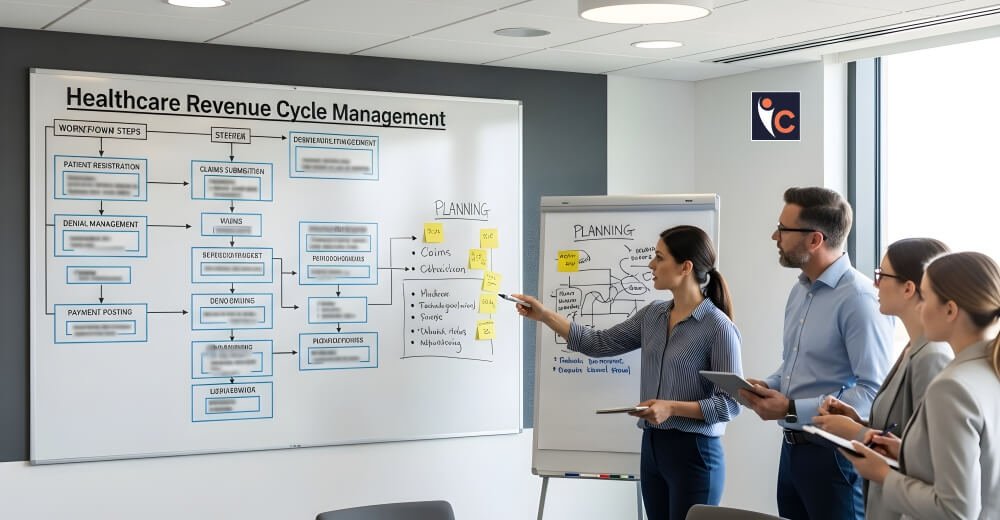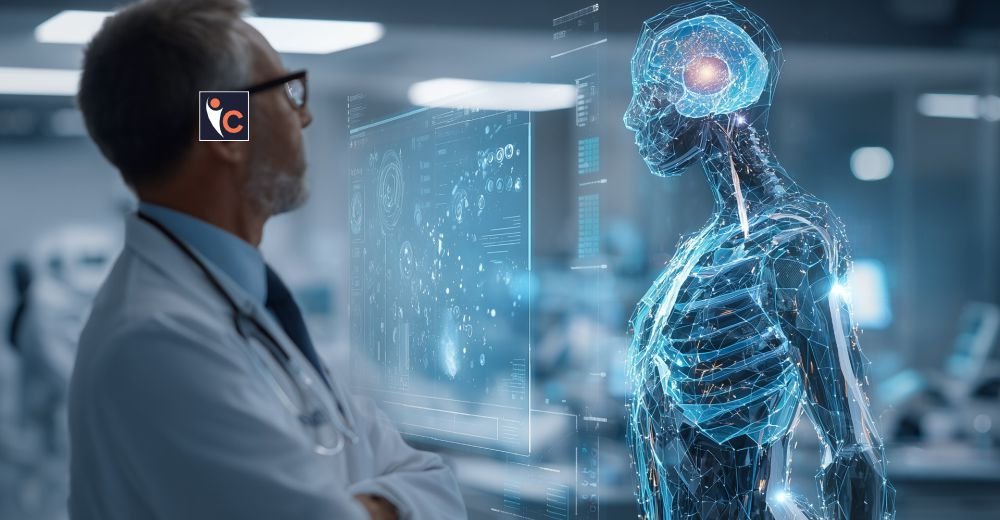Cerebral palsy (CP) is a neurological disease that affects movement, posture and muscle coordination. It happens due to irregular brain development or due to an injury during early childhood, most likely before birth or directly after. Simple day to day activities we easily understand like walking, eating, or communication can be highly challenging to persons with CP.
Life though is getting easier and independent with more people with cerebral palsy because of a very fast pace of assistive technology. Assistive tools are specialized tools and technologies that enable people to overcome physical, sensory, or cognitive drawbacks. These can be as basic as walking aids and wheelchairs to elaborate communication systems as far as people with CP are concerned. Innovation in this area in the last 10 years has really changed the way persons with cerebral palsy negotiate the world giving them more independence and enhancing their quality of life.
Mobility Aids: A Chance to Be Independent
For many people with cerebral palsy, moving around isn’t always easy. Simple things like walking across a room or standing up straight can feel like climbing a mountain. Sometimes the muscles don’t listen, sometimes the body moves when it’s not supposed to, and sometimes it’s just hard to keep balance.
But the good news is, technology is helping. Today, there are lots of tools that make moving easier.
Walkers and gait trainers are great examples. They’re like friendly supports that help people walk without the fear of falling. These tools don’t just help someone stand—they also build muscle strength over time. With them, kids and adults can practice walking, feel steadier, and stop worrying so much about what could go wrong.
And then there are wheelchairs—both manual and powered. For people who need more support, wheelchairs are life-changing. Some like to move the wheels by hand, while others prefer electric chairs that work with a joystick or buttons. The best part? They help people go wherever they want—whether it’s to school, to the park, or just around the house.
Over the past few years, these devices have come a long way. They’re lighter, more comfortable, and easier to use. More than just tools, they’re giving people with CP a new way to experience the world—on their own terms.
Communication Devices: Giving Voice to the Voiceless
There is always a problem of cerebral palsy and speaking problems, some people may not articulate their thoughts. Luckily, the gap is being filled by modern communication devices commonly referred to as augmentative and alternative communication (AAC) tools.
The AAC devices depend on the complexity, stretching to picture boards and complicated speech generating computers. Through these technologies, the user can choose words or signs, and they can translate into speech hence be able to engage in conversations, attend school, and articulate their needs.
The other invention that helps people with extreme physical limitation is an eye tracker. They may also pick words or instructions right off a screen by merely looking at it. Not only does this create communication, but it also creates confidence and a social connection, which is crucial to emotional health.
Daily Living Aids: Supporting Everyday Activities
In addition to mobility and communication, there is also the use of assistive devices that are assisting people with cerebral palsy in doing their day-to-day functions more independently. Self-care is becoming less strenuous and more dignified through the use of eating utensils with grips that allow easier, specialized grip, adaptive clothing that includes easy-to-use fastenings on clothing and even modifications in the bathroom to include such things as grab bars and shower chairs.
There are people who do have a robotic feeding arm that enable them to feed without assistance of caretakers. Broadly, others enjoy special keys and touch screens that provide them with easy access to computers, allowing them to engage in school or employment.
There is also the changing game of smart home technology. Both lights, appliances and security features may be controlled using voice activated system, so that a user may control their environment without having to strain physically.
Looking Ahead
With the ongoing technological changes, options to people with cerebral palsy will also be boosted. Researchers are moving on toward wearable exoskeletons to enhance walking and posture, brain-computer interfaces to one day provide an even higher level of device control and communication.
The future of assistive technology is not only useful but also more personalized, and more focused to ensure everyone has the correct support based on their individual needs. These advancements are making it easier to achieve an objective of full participation in society by individuals living with cerebral palsy.
Living in a time where much of the innovation is geared towards convenience it is reassuring to see the form technology can take where it is breaking down walls and creating new opportunities to those most in need.





